Castel Castagna. The church of Santa Maria di Ronzano
2024
The church of Santa Maria di Ronzano stands on a hill in the Mavone valley. The building belonged to the abbey monastic complex of the Benedictine order who also had the convent here.
You may also like
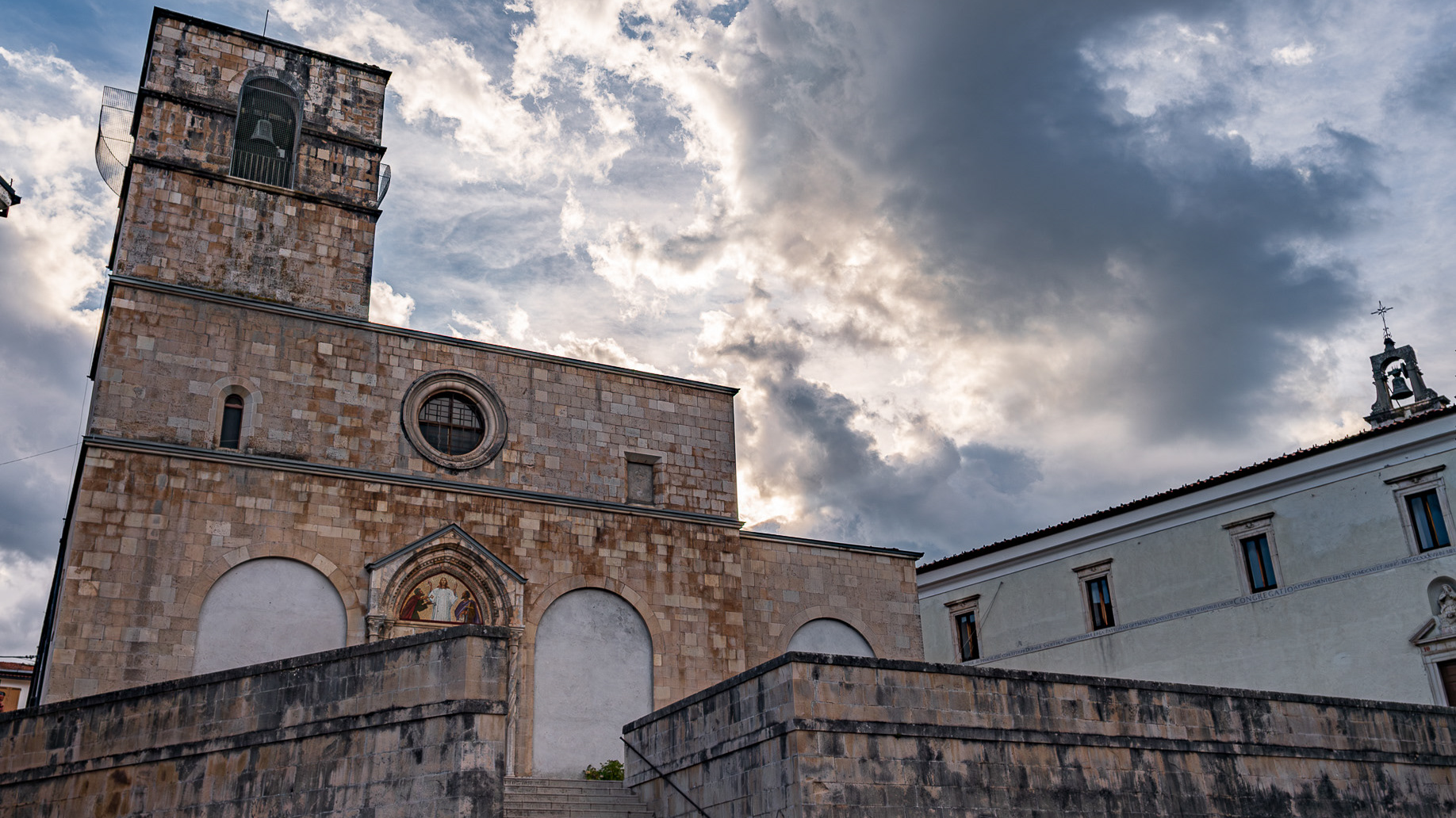
2023
Alfedena. Church of Saints Peter and Paul
Church of Saints Peter and Paul (13th century), is located in the western part of the town, in Largo Don Filippo Brunetti, is characterized by a Romanesque-inspired façade (13th century), was restored following the damage of the Second World War. The interior of the church is the result of the reconstruction in 1954. The large mosaics on the facade and inside were created by Fausto Conti in the 1950s.

2018
L'Aquila - Basilica of S. M. di Collemaggio
The basilica of Santa Maria di Collemaggio is a religious building in L'Aquila, located just outside the city walls, on the hill of the same name. Founded in 1288 at the behest of Pietro da Morrone - crowned pope here with the name of Celestino V on 29 August 1294 - it is considered the highest expression of Abruzzo architecture, as well as the symbol of the city and was declared a national monument in 1902. Since 1327 houses the remains of the pontiff, currently preserved inside the mausoleum of Celestino V, built in 1517 by Girolamo da Vicenza, master of Andrea Palladio. It is the seat of an annual jubilee, the first in history, established with the Bull of Forgiveness of 29 September 1294 and known as Perdonanza Celestiniana; therefore, it is characterized by the presence of a Holy Door on the side facade. The church, which boasts the title of minor basilica together with the fellow citizens San Bernardino and San Giuseppe Artigiano, has been remodeled several times over the centuries mainly due to the damage caused by frequent earthquakes and presents a mixture of different architectural styles. Following the 2009 earthquake, it was subjected to consolidation and restoration works which ended in 2017.
2022
Lanciano. Seat of the Eucharistic Miracle
The church of S. Francesco or sanctuary of the Eucharistic Miracle is annexed to the homonymous convent of the Friars Conventual. It contains the famous relics of the Eucharistic miracle of Lanciano.

2017
Monte Amaro
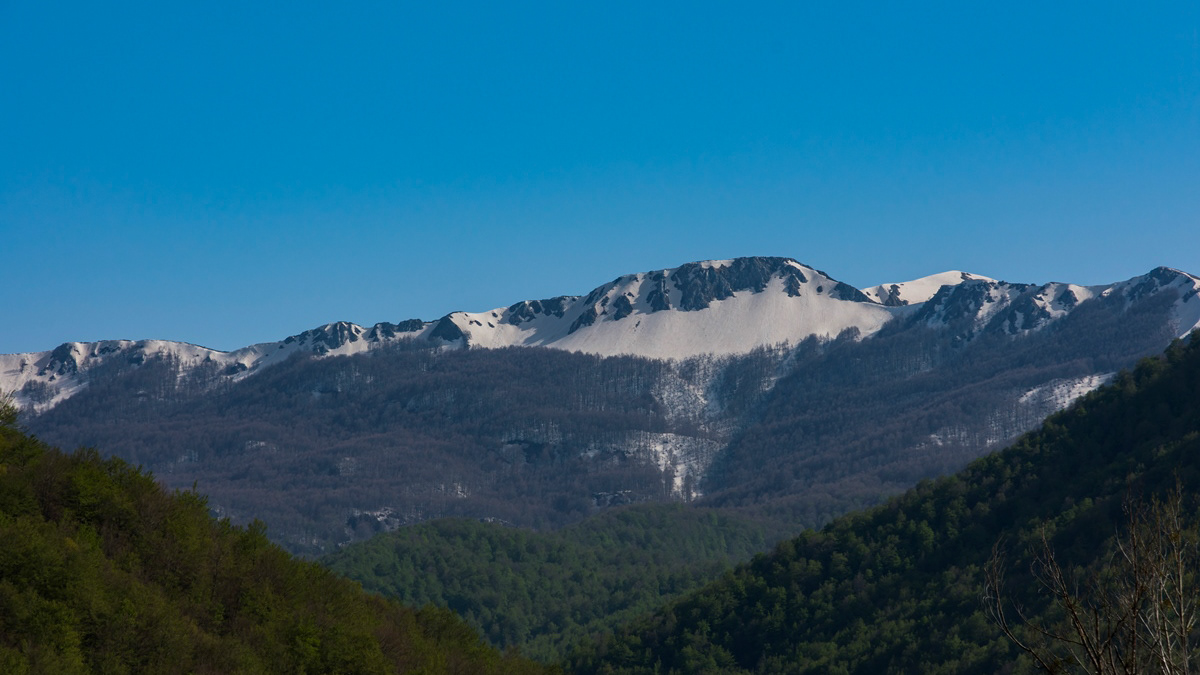
2018
P.N.A.L.M. - Part IV
The National Park of Abruzzo, Lazio and Molise is a national park including for the most part (about 3/4) in the province of L'Aquila in Abruzzo and for the remainder in that of Frosinone in Lazio and in that of Isernia in Molise. It was inaugurated on 9 September 1922 in Pescasseroli, the current headquarters and central management of the park, while the body of the same name had already been established on 25 November 1921 with a provisional directorate. Its establishment took place officially with the Royal decree-law of 11 January 1923.
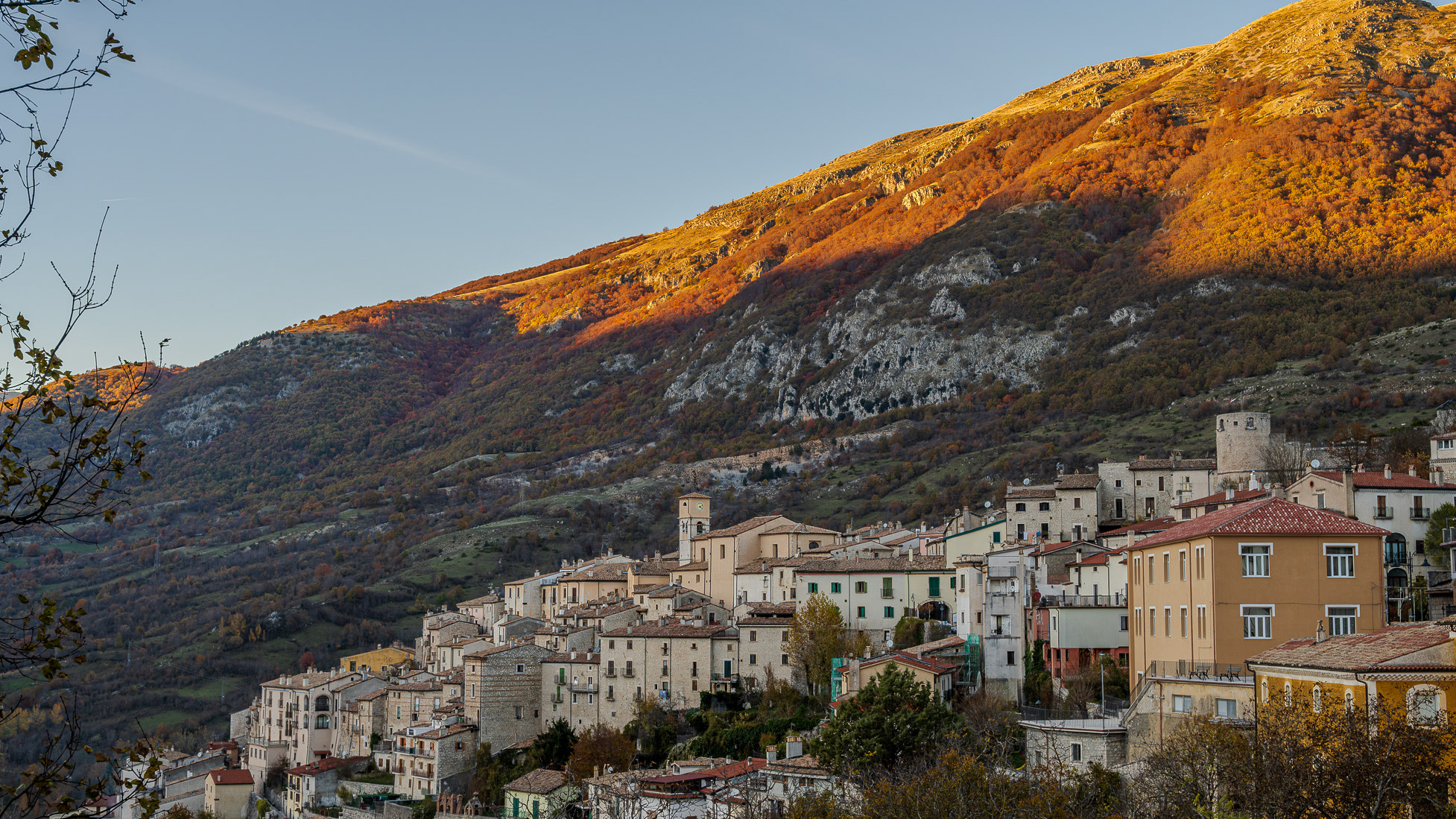
2023
Barrea and its lake. Glimpses of autumn
Barrea (Varréa in Barreano dialect) is an Italian municipality of 705 inhabitants in the province of L'Aquila in Abruzzo. Located in Alto Sangro, it is a tourist resort thanks to the presence of the lake of the same name and the national park of Abruzzo, Lazio and Molise. Barrea is located in a mountain area belonging to the Alto Sangro basin and Lake Barrea. The inhabited center, located at an altitude of 1,060 m above sea level, occupies a protrusion at the eastern end of the lake enclosed by the steep sides of the Meta mountains to the south and Mount Greco to the north. The lake was created in 1951 by damming the Sangro river and is used for the production of electricity. The Barrea Lake Wetland, managed by the Abruzzo Lazio and Molise National Park Authority, has been on the list of areas covered by the Ramsar Convention since 1976.

2024
Celano. Church of St. John the Baptist
Begun in the 13th century, it was completed in the 15th century. The rose window has the head of the Baptist in the center. The three internal naves are divided by octagonal pillars
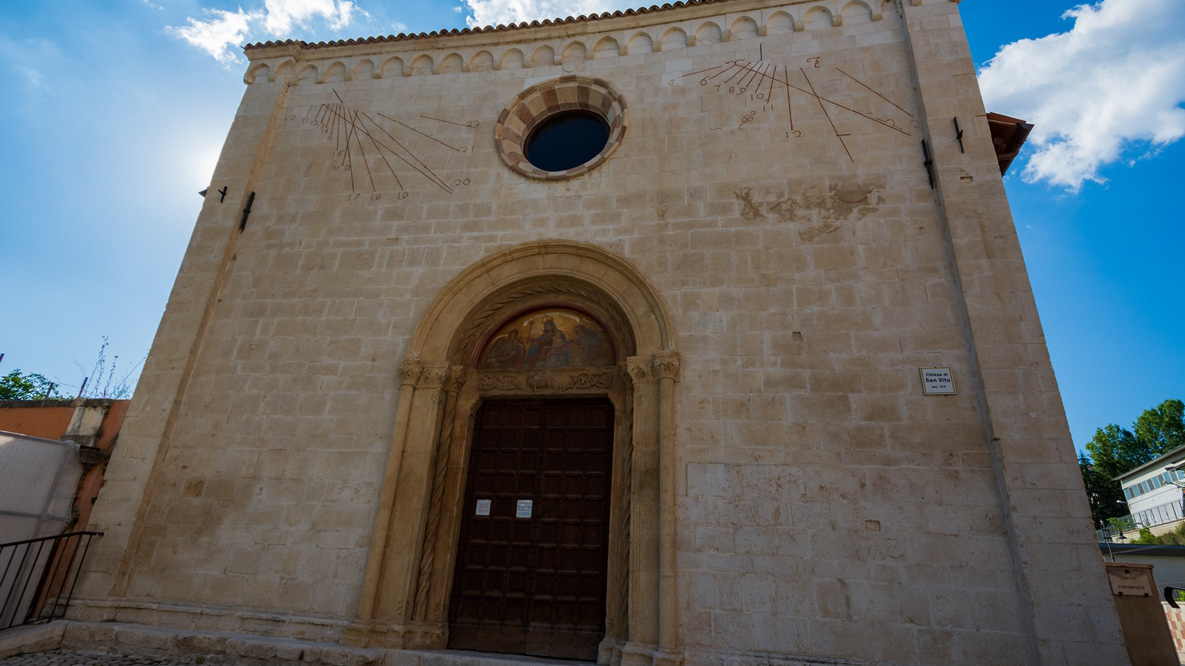
2018
L'Aquila
L'Aquila (IPA: / ˈlakwila /, pronunciation, formerly Aquila until 1863 and Aquila degli Abruzzi until 1939) is an Italian town of 69 284 inhabitants, capital of the province of the same name and of the Abruzzo region. The city is located in the Abruzzo hinterland on the slope of a hill to the left of the Aterno river, in a predominant position with respect to the Gran Sasso massif, the homonymous basin and the Aterno valley, on an area of 467 km² which make it the ninth largest municipality in Italy. Divided into 59 districts and hamlets, part of its territory is included in the Gran Sasso and Monti della Laga national park and reaches over 2,000 meters above sea level.
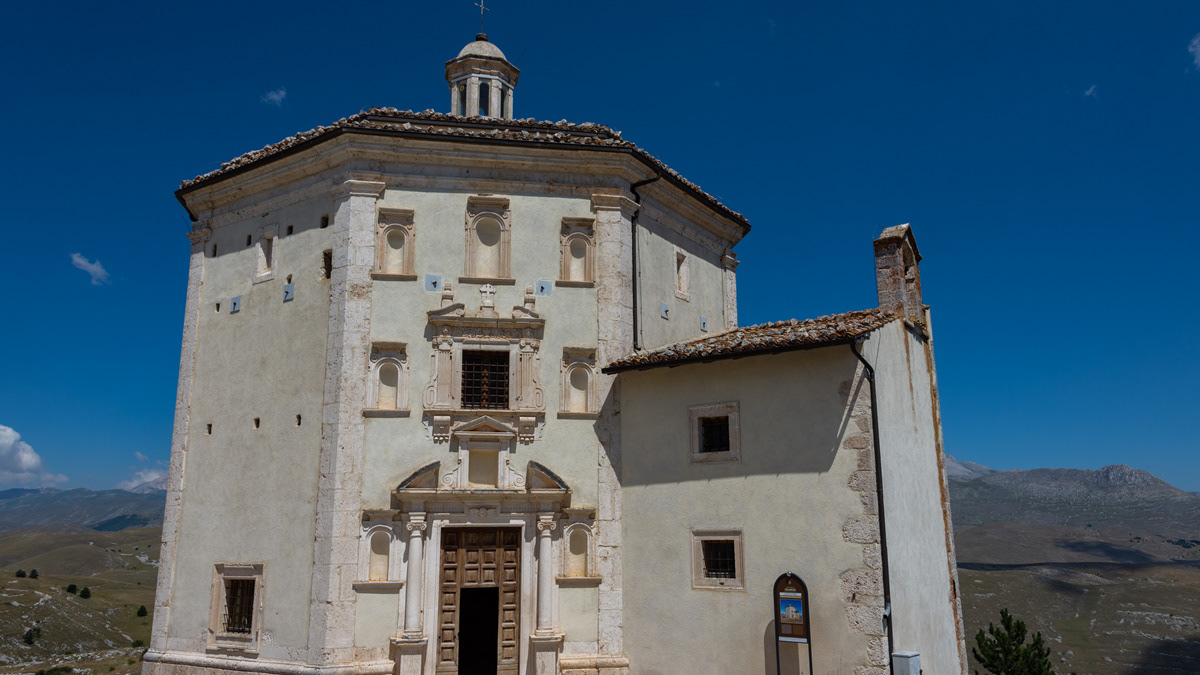
2018
Rocca Calascio (AQ) - Santa Maria della Pietà
Near Rocca Calascio, on the path that leads to Santo Stefano di Sessanio, is the church of Santa Maria della Pietà, a small temple built in 1596 on the place where, according to legend, the local population had the best of a band of brigands . The church, probably founded on a pre-existing Renaissance aedicule, has an octagonal external structure with an environment used as a sacristy leaning against one of the facades and a dome with eight segments. The interior, articulated on a system of Tuscan pilasters, presents a painting depicting the Miraculous Virgin and a sculpture of San Michele armed. The church, now used as a simple oratory, is a destination for faithful and devotees.

2025
Ortona. Basilica of St. Thomas the Apostle
The Cathedral Basilica dedicated to St. Thomas the Apostle was built on the site of an ancient Roman temple. Destroyed by the Normans in 1060, it was rebuilt.
